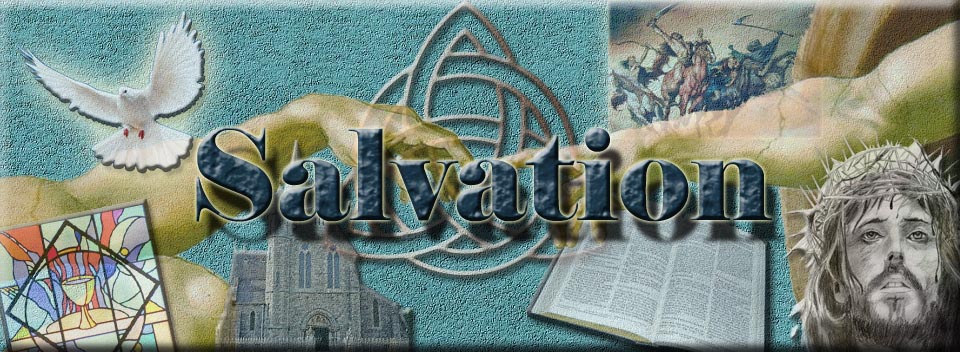|
The human race has come up with six basic theories about
what happens to us when we die.
- Materialism: Nothing survives. Death ends all of me. Seldom
held before the eighteenth century, materialism is now a strong minority
view in industrialized nations. It is the natural accompaniment of
atheism.
- Paganism: A vague, shadowy semiself or ghost survives and
goes to the place of the dead, the dark, gloomy Underworld. This is the
standard pagan belief. Traces of it can be found even in the Old
Testament Jewish notion of sheol. The "ghost" that survives is
less alive, less substantial, less real than the flesh and blood
organism now living. It is something like a "ghost image" on a TV set: a
pale copy of the lost original.
- Reincarnation: The individual soul survives and is
reincarnated into another body. Reincarnation is usually connected with
the next belief, pantheism, by the notion of karma: that after the soul
has fulfilled its destiny, and learned its lessons and become
sufficiently enlightened, it reverts to a divine status or is absorbed
into (or realizes its timeless identity with) the divine All.
- Pantheism: Death changes nothing, for what survives death is
the same as what was real before death: only the one, changeless,
eternal, perfect, spiritual, divine, all-inclusive Reality, sometimes
called by a name ("Brahman") and sometimes not (as in Buddhism). In this
view—that of Eastern mysticism—all separateness, including time, is an
illusion. Therefore, in this view, the very question of what happens
after death is mistaken. The question is not solved but dissolved.
- Immortality: The individual soul survives death, but not the
body. This soul eventually reaches its eternal destiny of heaven or
hell, perhaps through intermediate stages, perhaps through
reincarnation. But what survives is an individual, bodiless spirit. This
is Platonism, often confused with Christianity.
- Resurrection: At death, the soul separates from the body and
is reunited at the end of the world to its new, immortal, resurrected
body by a divine miracle. This is the Christian view. This view, the
supernatural resurrection of the body rather than the natural
immortality of the soul alone, is the only version of life after death
in Scripture. It is dimly prophesied and hoped for in the Old Testament,
but clearly revealed in the New.
Handbook of Christian
Apologetics
Copyright © 1994 by Peter Kreeft and Ronald K. Tacelli
Electronic Edition STEP Files Copyright © 1997, Parsons Technology, Inc. |

 Home
Home What's New
What's New Bible
Bible Photos
Photos Hiking
Hiking E-Books
E-Books Genealogy
Genealogy Profile
Free Plug-ins You May Need
Profile
Free Plug-ins You May Need
 Get Java
Get Java.png) Get Flash
Get Flash Get 7-Zip
Get 7-Zip Get Acrobat Reader
Get Acrobat Reader Get TheWORD
Get TheWORD